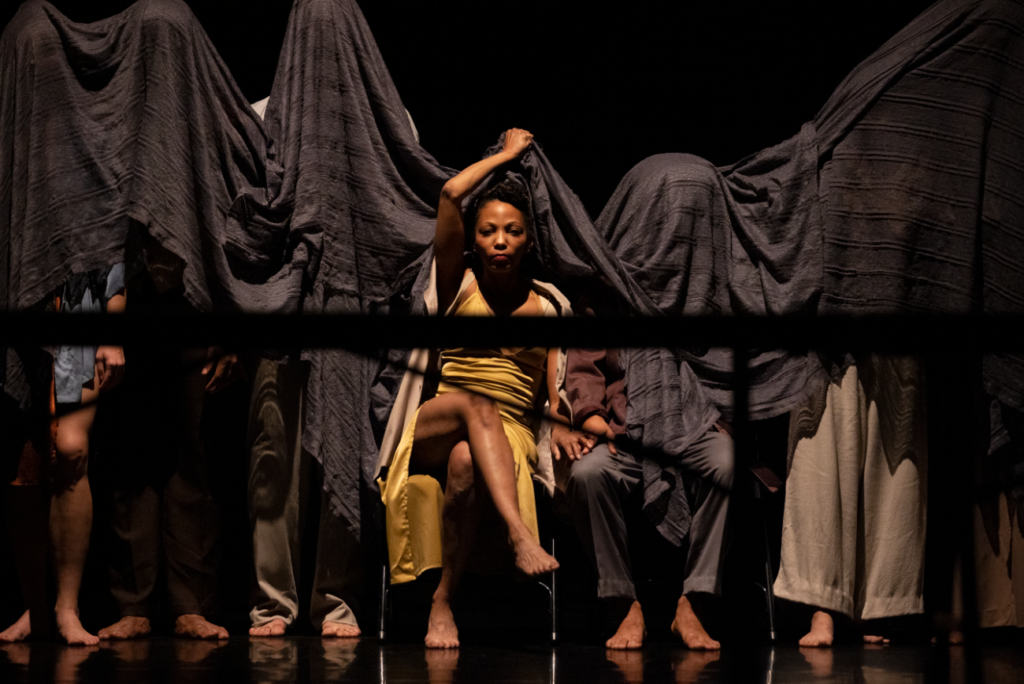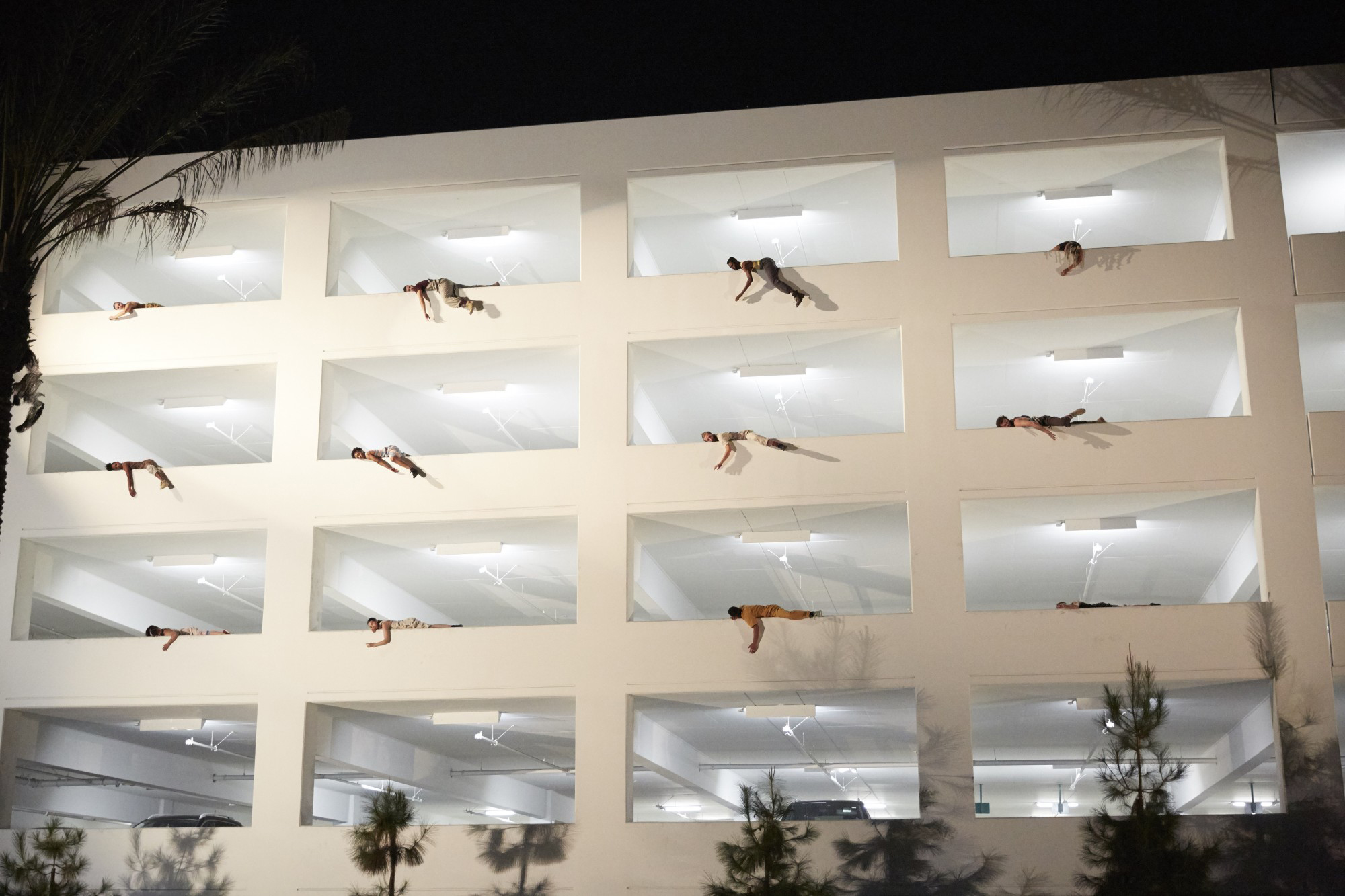How to Draw Inspiration From Nondance Mediums
Heidi Duckler’s dances are inseparable from their inspiration. “I’m inspired by real life. I’m inspired by people, the conditions of people, and the way they exist in their environments,” she says. “All my work has that at its core, but I’m also inspired by architecture, by buildings, by cities.” The Los Angeles–based choreographer and founder of Heidi Duckler Dance has also used sculpture and literature, among other mediums, as creative fodder.
Dance often takes inspiration from music. But what happens when your creativity is stirred by an art form that is less straightforward to translate into dance? Or what if you’d like to create based on another form, but aren’t sure quite where to begin?
Deepen Your Understanding
Stefanie Batten Bland, a multi-hyphenate dance artist and the founding artistic director of Company SBB, encourages dancers and choreographers to invest time and energy into learning about the medium they’re inspired by. Or, when creating work inspired by or in collaboration with another artist, to learn as much about that artist and their unique process as possible. “Reach out. The first step is contact,” Batten Bland advises. “Take the chance. Call them up, send them an email, find them on the ground, send them a DM.”
Duckler has been creating site-specific work since 1985 and uses sites themselves as inspiration. She says the learning phase is also an important part of her process, explaining that her research needs change based on the source of her inspiration and the site where her work will take place. Her creative process prioritizes getting to know the local community and learning about the history and use of the sites. “All of the content that we create is always made on site,” she says. “We don’t create something in a studio and then move it to a different place, so we really mine the location and the site for its content.”
Look Carefully
When generating inspiration, it’s important to observe with a keen eye and an open mind. Duckler says that “acts of noticing” are a key element of her creative process. This practice helps her to “develop awareness and consciousness of ourselves, of each other, of our relationship to where we are in space, and the objects that are in space.”
Particularly in site-specific works, Duckler recommends doing a 360-degree scan of the space you’re creating in, taking time to notice things that you may have glossed over. Then, talk with fellow dancers, choreographers, or collaborators about what they notice, acknowledging differences in perspective and seeing where inspiration can grow. This skill can also be useful with cross-disciplinary collaborations, as it can help you to understand and appreciate different points of view.
“Active observation is something that can be really developed, and then harnessed,” Duckler says. “And then to have conversations about those things, too, is really helpful.” Continue having these types of conversations throughout the creative process, Duckler urges, and even through the performance phase. Hearing different audience perspectives can be illuminating, and even creatively generative.

Clarify Your Why
For Batten Bland, a key element of making an interdisciplinary work inspired by multiple art forms is understanding your reasoning for creating in this way. “The maker should really know why they’re outsourcing and how that will benefit them,” she explains. “If they realize that [a particular form] is the complementary medium, dive in feet first and get as wet as possible.”
Being clear on why you’re creating a work with multidisciplinary inspirations can bring clarity during the creative process, too. Not only will you be able to collaborate more effectively with other artists or with their artwork, but you’ll also be more in touch with your own goals and what you hope to accomplish with the work. “If the maker knows why they’re doing it, then that symbiotic alchemy manifests naturally in the research,” Batten Bland says.





